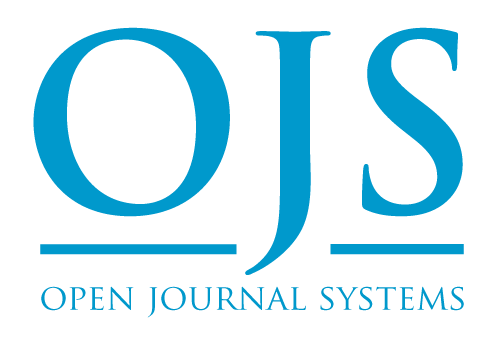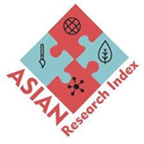Modality and Meaning: A Stylistic Approach to Speaker’s Perspective, Ideology, and Linguistic Framing
DOI:
https://doi.org/10.5281/Keywords:
Stylistics, Modality, Discourse Strategies, Modality, Ideology, Rhetoric, Point of ViewAbstract
This study conducts a stylistic analysis of Donald Trump’s State of the Union Address, focusing on how modality reveals the speaker’s point of view and communicative intentions. Grounded in the analytical framework of “Point of View and Modality,” the research explores how linguistic choices in the speech construct speaker’s worldview, shape interpersonal relations, and signal degrees of certainty, obligation, and belief. The study seeks to uncover how such modality-laden expressions reflect not only the speaker’s stance toward the propositions he utters but also the intended alignment with his audience, ideologies, and national vision. Methodologically, the analysis adopts a qualitative, text-based approach informed by stylistic and discourse-analytic tools. Key aspects of modality—epistemic, deontic, boulomaic, and perceptual—are examined in conjunction with narrative structure, spatial and temporal deixis, and modality shading (positive, negative, and neutral). The speech is dissected to uncover patterns that reveal Trump’s strategic use of language to assert authority, inspire trust, and polarize or unify audiences.The findings suggest that Trump’s speech is saturated with epistemic modality to project certainty and assert ideological dominance, while deontic and boulomaic modalities are strategically employed to outline obligations and national aspirations. Temporal deixis and positive shading further amplify a forward-looking, success-oriented narrative. The study contributes to political discourse analysis by demonstrating how stylistic features, particularly modality, serve as critical instruments in constructing persuasive political identity and influencing public perception.Stylistics, Modality, Discourse Strategies, Modality, Ideology, Rhetoric, Point of View
Downloads
Published
Issue
Section
License
Copyright (c) 2025 AL-HAYAT Research Journal (AHRJ)

This work is licensed under a Creative Commons Attribution 4.0 International License.












